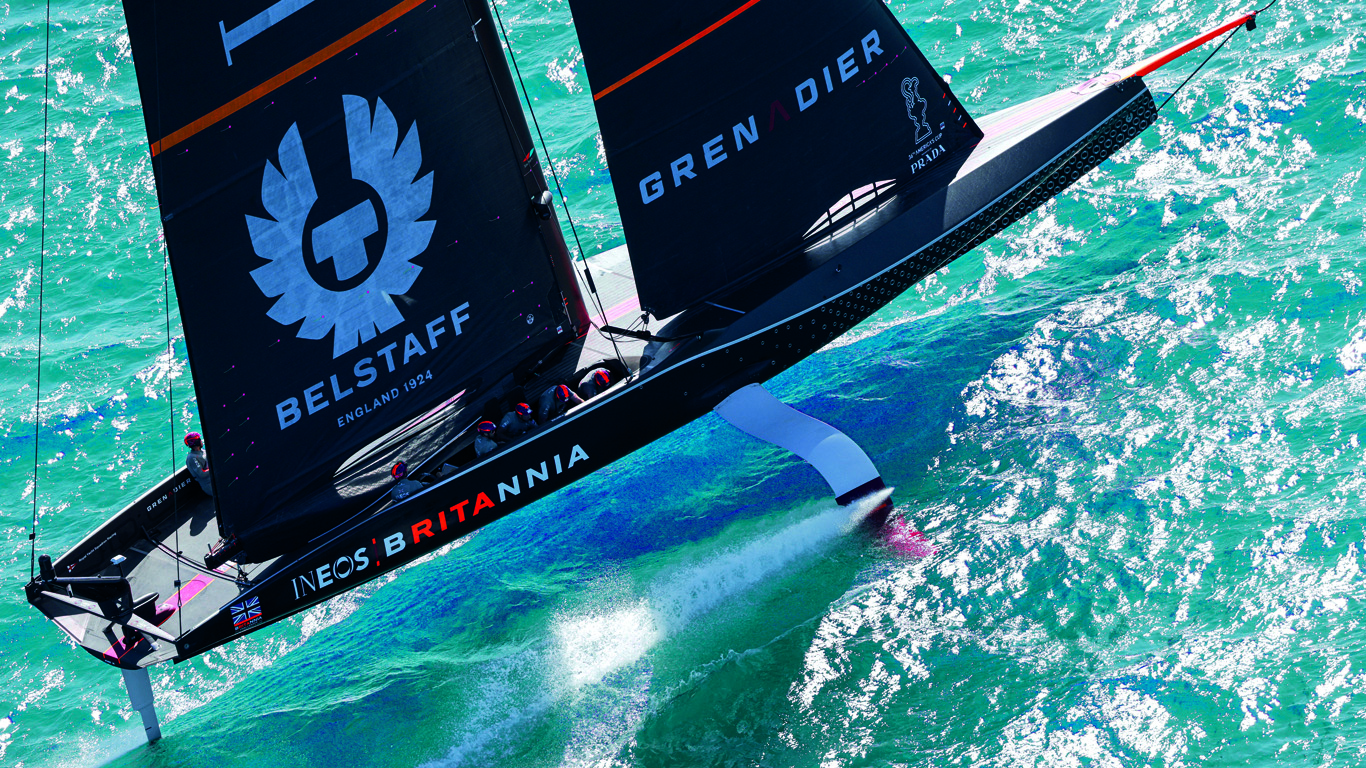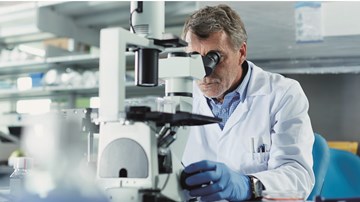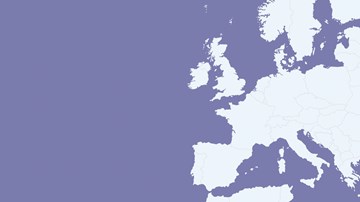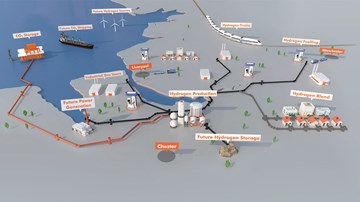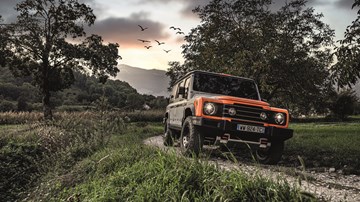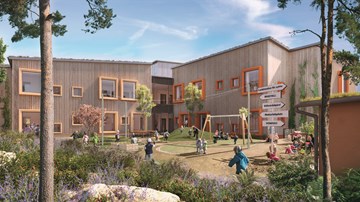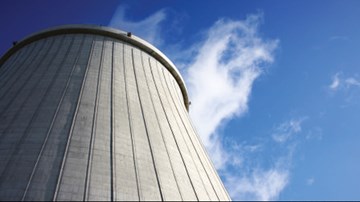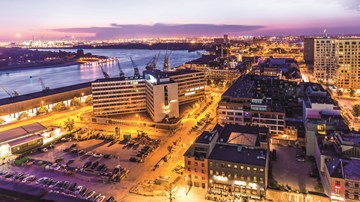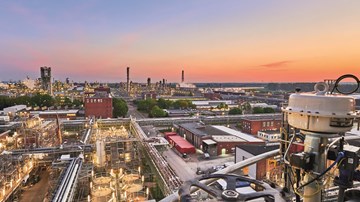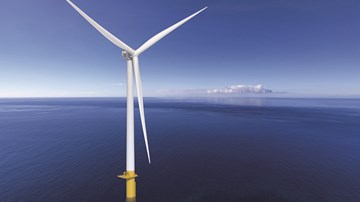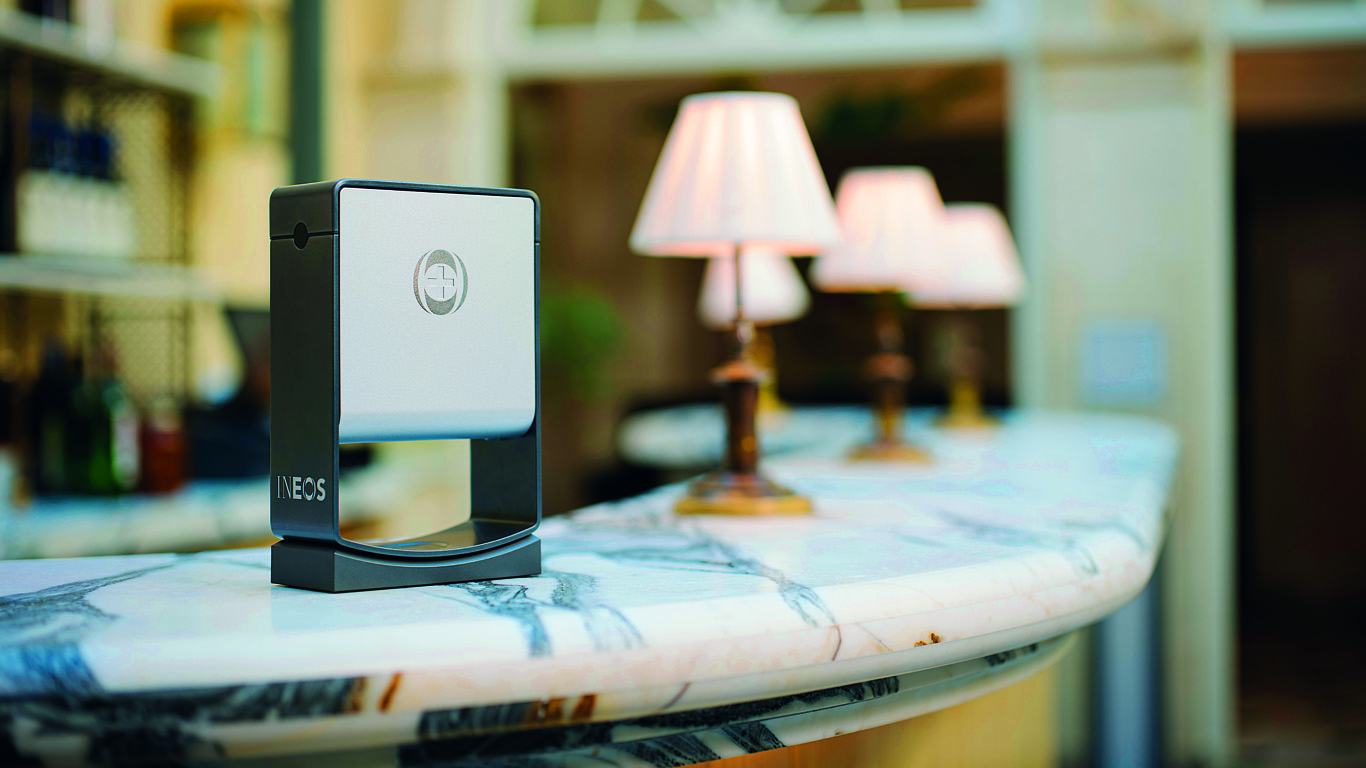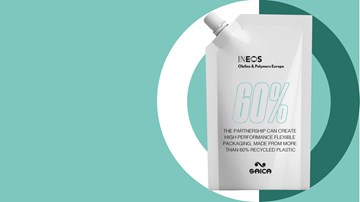INEOS’ dream of winning the America’s Cup – and ending 170 years of hurt for Britain – is over.
Everyone on INEOS TEAM UK, down to the man who had to weigh every nut and bolt on the raceboat, had been focused on bringing home sailing’s greatest prize for the first time.
But in the end, despite four years of dedication, hard work, grit and hundreds of thousands of man hours from the 100+ strong team, it was not to be.
“We started this team in 2014 with the goal to bring the America’s Cup back to Britain and as far as we’re concerned, we still need to get the job done,” said skipper Sir Ben Ainslie.
During the warm-up races in December, the British team had struggled with technical issues and Britannia lost every race.
But changes were made to the boat – and they went on to win every round robin race to qualify for the Prada Cup Final.
“That was an amazing event to watch because it was such a turnaround in our fortunes,” said INEOS Chairman and Founder Jim Ratcliffe.
But in the end, light winds favoured the Italian team, Luna Rossa Prada Pirelli, in the Prada Cup Final.
“They had the better overall package across the range of wind conditions and deserved to take the final,” said Sir Ben.
Despite the disappointment, the four-time Olympic gold medallist said he could not be more proud of his team.
“We really did fight until the end,” he said. “We are just sorry we couldn’t bring it home for our supporters.”
But in the America’s Cup which followed, it was the Italian team, Luna Rossa Prada Pirelli, who were left fighting.
They lost 7 – 3 to defending champions Emirates Team New Zealand.
Over the past four years, the British team has been focused solely on winning sailing’s most coveted and oldest trophy.
“We’ve learnt a huge amount throughout this campaign and now we need to go back and analyse where we didn’t get it quite right,” said Sir Ben. “Both Luna Rossa and Team New Zealand have been in this game 20 and 30 years respectively. That learning and development is key.”
The British team had been working in partnership with Mercedes-AMG Petronas F1 team.
Up to 30 of Mercedes’ applied science team, led by director Graham Miller, had manufactured some of the most sophisticated technology ever seen in The America’s Cup.
“The attention to detail at Mercedes F1 is phenomenal,” said Nick Holroyd, Chief Designer INEOS TEAM UK. “They gave us a leg-up. They took the underpinnings of what we started and added a layer of sophistication and detail to it. They brought exactness to our campaign.”
The Brackley team had also used their F1 know-how to help the INEOS team develop and implement innovations in engineering, human science, simulation and data analysis.
While F1 drivers are in direct contact with the ‘pit wall’ – a place where all strategic decisions are made by backroom staff during a race – such a concept was almost unheard of in the world of sailing.
Until now.
During training, a 750-horsepower RIB had raced alongside Britannia.
Onboard the RIB were designers and engineers working with some of the most advanced technology in world sport.
Onboard Britannia, and mostly invisible to the naked eye, were about 1,000 sensors which fed more than one million bits of data back to the design team every day.
Everything was monitored and analysed – from the sailors’ heart rates to the speed of the wind.
Some of that data was monitored live to ensure the crew’s safety while out on the water.
During training most of the data was analysed by the entire design and sailing team the following day.
Britannia was made up of about 17,300 individual parts, which were all tested and weighed before they went on the boat.
Current cup holders Emirates Team New Zealand had insisted that each boat must not weigh more than 6520kg.
“There was no give or take,” said Sir Ben.
At INEOS TEAM UK, it had been naval architect Alan Boot’s job to monitor the weight of the boat.
He had to record everything that went on board, from the bolts on the instrument displays to the drive train assembly, and flag up any potential problems.
To help cut down on the crew’s weight, the wing trimmer, the pilot and Sir Ben had all shed a few pounds.
“It was the grinders we wanted to be as heavy as they possibly could be to maximise the power output,” said Sir Ben.
The America’s Cup – described by Sir Jim as the pinnacle of sailing – is the only major international sporting trophy that Britain has failed to win.
Despite 2021 not being Britain’s year, Sir Ben said he hoped to be back.
“INEOS have been amazing backers and partners and we can’t give them enough thanks for that over the past four years,” he said.
“But with INEOS it’s not just the financial backing. It’s the approach they take to business and why they are so successful. It’s that attention to detail, rigour and determination that we share in the sporting world.”
For all the latest news about INEOS TEAM UK, please log on to www.ineosteamuk.com
Britannia
Britannia has changed significantly from the team’s first race The AC75 cannot weigh more than 6,520kg without the sails and crew.
Crew
The 11 crewmen must not weigh more than 990 kg and are allowed a total of 55 kg of personal equipment, including wet suits, shoes, life jackets, radios, headsets and any food and water.
10 years
It took 90,000 + hours to design – the equivalent of about 10 years.
17,300
Britannia is made up of 17,300 individual parts. Each one is weighed before it goes aboard.
Wing Foils
The wing foils were made at Mercedes F1’s headquarters in the UK and enable Britannia to fly.
Weatherman
A Spaniard, who has navigated some of the world’s most difficult oceans, is the team’s weatherman. Juan Vila regularly briefs the team about the weather so they can plan ahead – and know what to expect.
50,000
It took 50,000 +
hours to build.
Sensors
There are about 1,000 sensors feeding over one million bits of data back to the design team every single day.
Live Data
British company Papercast has designed and built a bespoke, lightweight, waterproof and robust unit that feeds real-time information to enable the team to keep the unstable boat flying flat and fast. The live data is streamed around the boat because every milli-second counts. All of the crew’s decisions are based on the information they can see in front of them.
Elaine does the honours
A retired head teacher, who has helped to inspire millions of children around the world to be active for 15 minutes every day and enjoy the great outdoors, is Britannia’s Godmother. Elaine Wyllie joins an impressive line-up of ships’ Godmothers including legendary Hollywood actresses Whoopi Goldberg, Helen Mirren, Julie Andrews and Sophia Loren.
INEOS TEAM UK had hoped The Queen might do the honours, given that Britannia is named in honour of her great grandfather’s racing cutter.
But due to COVID-19, she has been unable to take on any more engagements.
“I think it’s absolutely incredible to be the second choice after the Queen,” said Elaine, who founded The Daily Mile. “In fact, it makes it even more of an honour.”
Elaine, who was awarded an MBE by the Queen in 2019, will not be in New Zealand to watch the crew race but planned to savour every minute of every race – on television.
“Britannia will be in my thoughts and I will be glued to the TV,” she said. “As well as being a magnificent feat of engineering, she is absolutely beautiful and I am very proud of her and her crew.”
The original Britannia racing cutter – built for King Edward VII – enjoyed huge success, winning 231 races.
In her final years, she was raced by King George V.
His dying wish was for Britannia to follow him to his grave.
When he died in 1936, Britannia was towed out to St Catherine’s Deep off the Isle of Wight and scuttled by the Royal Navy in the same waters where the first America’s Cup was raced in 1851.
